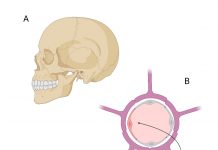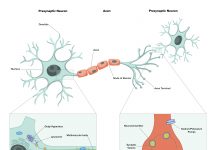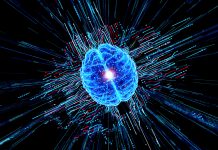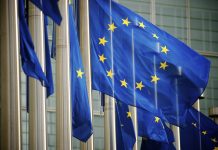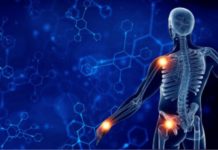Open Access Government produces compelling and informative news, publications, eBooks, and academic research articles for the public and private sector looking at health, diseases & conditions, workplace, research & innovation, digital transformation, government policy, environment, agriculture, energy, transport and more.
Home Search
en - search results
If you're not happy with the results, please do another search
Bridging brain barriers for gene therapy
Reflecting on the challenges in treating brain diseases, this article explores ways to transduce the blood-brain barrier as well as the critical role of tanycytes as a target for gene therapy vectors.
Massive stars’ radiant influence on planetary formation
Massive stars played a pivotal role in shaping the birth of planetary systems.
Distant lights in space: Fermi Telescope unveils a hidden universe of pulsars
NASA's Fermi Gamma-ray Space Telescope has illuminated a hidden field of pulsars, revealing 294 gamma-ray-emitting pulsars with an additional 34 awaiting confirmation
These findings mark...
Contribution of oxidative stress to neurodegenerative disease
Paul A. Hyslop, from Arkley BioTek Indianapolis, details an ongoing specific research approach to identify, characterize, and validate physiologically relevant neuronal targets of H2O2 in designing therapeutics for neurodegenerative disease progression.
Artificial intelligence outperforms humans in creative thinking
Artificial intelligence has overtaken humans when it comes to creative thinking.
Astronomers unlock the secret of heavy element formation in cosmic collision
An international team of astronomers has discovered the mysterious origins of heavy elements in the universe.
€500 million to promote advanced materials for greener digital transition
The European Commission has revealed a strategy to push the EU to the front of advanced materials technology, crucial for the twin transition towards a greener and more digital economy.
Unlocking the power of energy efficiency: A multi-benefit approach with the referee tool
Energy efficiency is a cornerstone of the European Green Deal and the European Union’s (EU) pathway toward carbon neutrality. With implementation efforts underway across the Continent, the Referee tool stands ready to support decision-makers and stakeholders in their energy efficiency planning, embracing a multi-benefits approach.
UK gender gap in health: How can remote monitoring create fair female healthcare?
Natalie Duffield explains how Inhealthcare – a UK leader in digital health and remote monitoring – is helping NHS organisations to develop and deliver technologies that can help close the gender gap in health outcomes and provide fair access to women’s clinical services.
Rare Disease Day: The technology that could help rare genetic liver disorder patients
February 29th is dedicated to raising awareness about rare diseases and looking into the opportunities technology could bring for potential treatments.
Indigenous students face disparities in STEM
Dr. Judith Brown Clarke and Dr. Wendy K’ah Skaahluwaa Todd, shed light on the crucial role of cultural identity in native American-Alaskan students’ persistence and success in STEM fields and the Geosciences.
Revolutionizing pain medication: Preventing addiction and side effects
Stephen Vanner, president of pHarm Therapeutics Inc., and Christoph Stein, inventor and co-founder, discuss a new class of analgesics for pain caused by tissue injury and inflammation.
Stephen Vanner, MD/MSc – pHarm Therapeutics Inc.
Dr. Stephen J. Vanner MSc MD FRCPC (Gastroenterology) FCAG FCAHS, is a Clinician Scientist and Professor of Medicine at Queen’s University, Ontario, Canada
He also...
The emerging global innovation programme for fusion energy
Laban Coblentz, Head of Communication at ITER Organization, charts the emerging global innovation programme for fusion energy.
How to enhance the cybersecurity landscape in the public sector
When it comes to cybersecurity, the public sector is renowned for being severely underfunded, leaving it limited with the resources it can depend on. To make matters worse, there is a lack of available security talent to fill an ever-growing list of positions.
Machine learning predicts mortality risk in dementia patients
With the help of artificial intelligence, healthcare professionals can predict patient prognosis.
Ultrananocrystalline diamond coating (UNCD™): Revolutionizing surface engineering
Unique, low-cost ultrananocrystalline diamond (UNCD™) coating is facilitating new generations of industrial products, high-tech devices, medical devices, and prostheses.
The Hydrogen Challenge Sandbox: UK CAA chooses 3 participants
The UK Civil Aviation Authority (CAA) has unveiled the trio of companies chosen to participate in its Hydrogen Challenge Sandbox.

